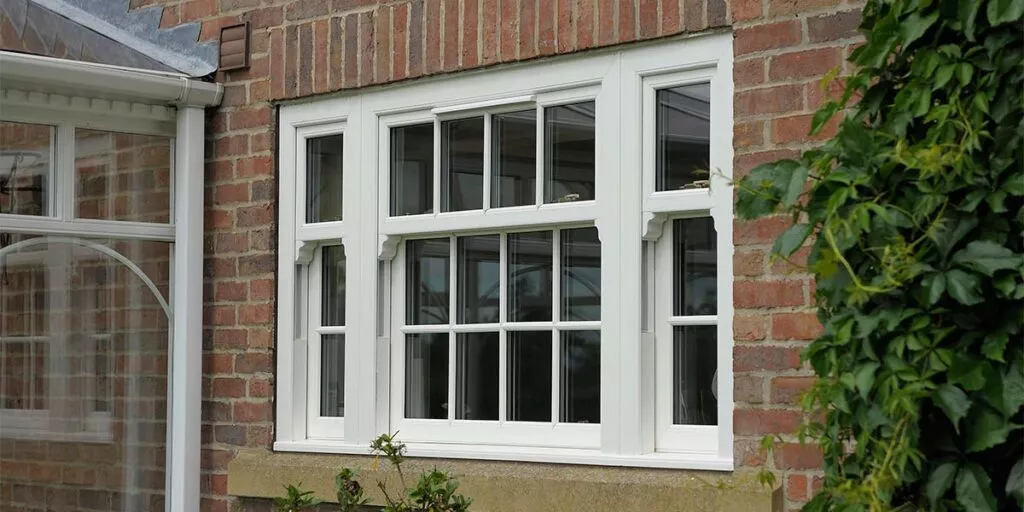You don’t tend to see much condensation on your windows in summer, but it can reappear in winter, and the winter months aren’t too far away.

To begin to understand condensation and how it occurs, it helps to firstly define it – it’s when a gas or vapour changes into a liquid.
In the example of windows, once the surface temperature of the glazing drops below the so-called ‘Dew Point’, it causes water vapour in the atmosphere to condense into the water droplets that we so often see on the exterior of them. The actual ‘Dew Point’ rests on the quantity of water in the atmosphere and the air temperature (also known as relative humidity).
When conditions are humid, condensation is more susceptible at higher temperatures, but condensation can also occur in cold conditions and low humidity.
The formation of condensation on your windows and doors comes about when there is a difference between internal and external temperatures and the glass.
Until the recent development of various thermally efficient windows, you would only generally get condensation internally, but in certain types of atmospheric conditions, you can get condensation externally too.
Some mistakenly believe that their energy efficient windows must be faulty when this occurs, but this isn’t the case.
When outside air temperatures rise in contrast to the cool external window pane (mostly in the mornings) and come into contact with it and subsequently cool, it causes a formation of water (vapour) and results in external condensation. In the exact same conditions, you may notice that your neighbours’ windows don’t similarly suffer with external condensation, but that will just be because their windows aren’t as energy efficient as yours, so don’t be at all troubled by the situation.
Condensation can come about for other reasons too!
It’s really difficult to anticipate when condensation might occur as it comes down to a series of ambient, environmental and geographic factors.
External condensation most readily happens between the months of March and October because the Dew Point is at its highest point and temperatures can fluctuate either side of sunrise or when warm air currents replace cool fronts. It will evaporate though once it comes into contact with sunlight or a breeze.
You can find out more information about Condensation in a Helpful Guide we’ve lovingly compiled for all local homeowners. Click here to get your FREE copy of it.